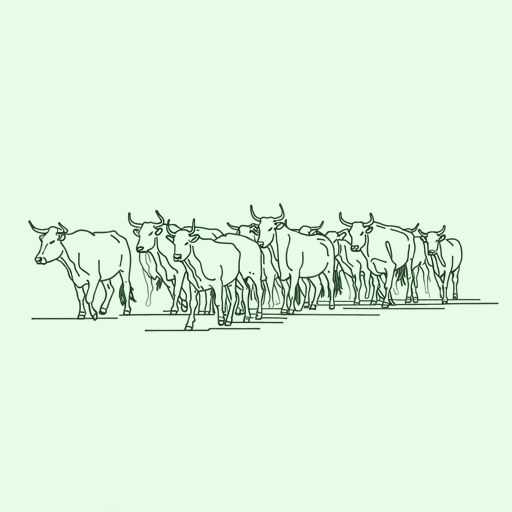60 pages • 2 hours read
Leslie Marmon SilkoYellow Woman and a Beauty of Spirit
Nonfiction | Essay Collection | Adult | Published in 1993A modern alternative to SparkNotes and CliffsNotes, SuperSummary offers high-quality Study Guides with detailed chapter summaries and analysis of major themes, characters, and more.
Important Quotes
“We children would look intently at the faces [in old photographs], study the clothing, and always looked for any indication of landscape to tell us if the photograph was taken around Laguna. The hills in the background remained the same, and even as a child I was thrilled with that notion—the donkey and horses and wagons and the people dressed so oddly all had changed, but Beacon Hill and Pa’toe’che remained the same.”
(Introduction, Page 15)
Although the people change within the photographs, the places stay the same. This comparison between people and places creates place as a kind of character within the essays. Although not as dynamic as human characters, these places are still recognizable to Silko, with the same kind of distinctive features and markings a person would have.
The quotation also demonstrates the proximity that the narrator feels to the places around Laguna, which she knows by heart. In this way, the land becomes someone that Silko has known throughout her life. Indeed, much of the way she speaks about the land surrounding Laguna is reminiscent of the way a daughter would speak about one of her parents. In some instances, it seems as though the land itself is her parent, lending a whole new level of understanding to Silko’s connection to Mother Earth.
“In those days, everyone watched out for everyone else’s children, especially the little ones.”
(Introduction, Pages 15-16)
Silko stresses the importance of community within the Pueblo culture. There is a sense of communal responsibility in the development of children, a serious and deep-seated belief that it does in fact take a village to raise a child. This idea of community further exemplifies the Pueblo belief in the necessity of interconnectivity in order to survive.
Related Titles
By Leslie Marmon Silko





